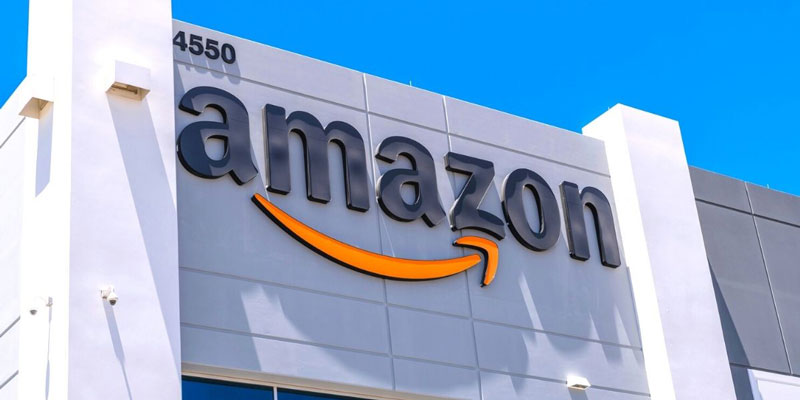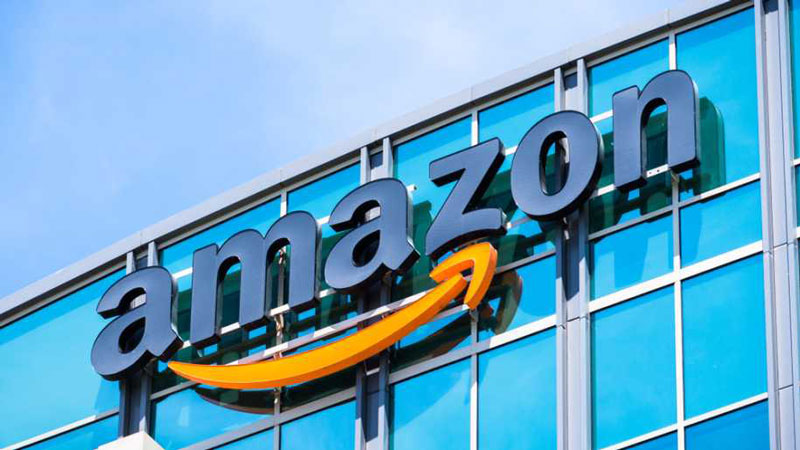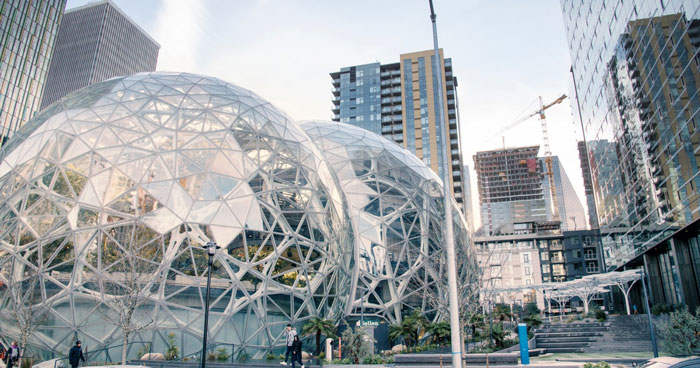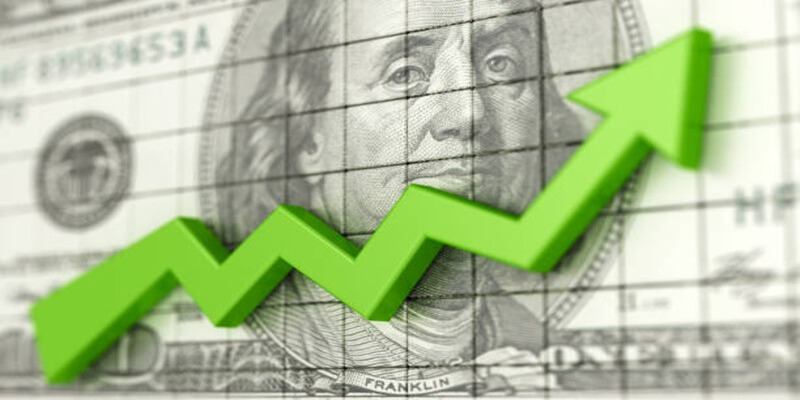
Since Amazon.com Inc. went live in 1995, the Seattle-based corporation has gradually revolutionized how people buy products. When Jeff Bezos decided to launch the firm in 1994, he did so never to have to look back and regret missing out on the dot-com boom.
Bezos's brand has been built methodically, even though he started the company on a whim. Amazon has been at the forefront of numerous technological advancements in the 21st century.
It is not a coincidence that several methods for receiving and consuming Amazon-sold information, entertainment, and items exist. As a result, the firm works on a wide range of innovative products and technology.
Amazon Dash Button (Virtual)
It was widely assumed to be an April Fools' joke when Amazon introduced its new Dash Button technology at the end of March 2015. The device's authenticity had to be clarified in a statement from the manufacturer. Since its inception, Amazon's Dash Button has evolved into an all-in-one device that can be used to operate a wide range of household appliances and services.
The brand name of each button is linked to a common household item. It was announced in 2019 that Amazon would stop selling physical gadgets. The buttons already in situ, including those added by the appliance's manufacturer, are still supported.
According to the manufacturer, the Dash Buttons were offered for $5 apiece. Alexa's voice-activated assistant, on the other hand, appears to have displaced the buttons. Virtual Dash Buttons, a one-click reorder page that includes all of your previous purchases, is a continuation of the name and style.
Amazon Fresh

Grocery shopping online has been around since the 1990s. Only Amazon has been able to maintain long-term success with this business strategy. Within specific geographic locations, Amazon Fresh allows customers to purchase groceries from the company's large inventory of fresh produce, and Amazon's ready-to-heat and eat meals under their brand name.
Two hours later, a truck arrives to deliver the order. In the suburbs of Seattle, the service was first introduced in 2007. More than 5,000 cities and towns have been added to the company's network since 2013. In 2017, Amazon acquired Whole Foods, allowing them to provide customers with a broader range of goods.
Amazon Prime Air
According to Amazon's executives, customer purchases will be delivered in 30 minutes or less in the near future, and the corporation won't have to break any speed restrictions in the process. Drones, or uncrewed aerial vehicles, are the company's trade secret. When it comes to drones, the corporation is confident that people would regard them favorably if they are used to delivering goods and services rather than spying on them or deploying guns.
Amazon's Fire TV

Amazon's Fire TV is a direct answer to the likes of Apple TV and Roku. The product's market share is rapidly increasing. More than 34 million people were using it during the halfway point of 2019. Box and stick market share is measured independently in the streaming business. Amazon's Fire TV box had a 28.5% market share in the United States, while it commanded 57% of the market for streaming sticks. Industry commentators have praised its ability to handle a wide range of tasks.
The Amazon Fire Phone
There is no such thing as a free lunch. The Amazon Fire phone was launched in July 2014 as the company's first foray into the smartphone industry. It was a no-brainer: The gadget was powered by the same operating system as Amazon's Kindle Fire e-reader, Fire OS. Its unique features were Dynamic Perspective, which gave the illusion of depth, Mayday, and the around-the-clock customer support app.
Almost any Android app may be installed and operated on the phone. There were handy links to Amazon's shopping services, of course. It was a complete failure.
The E-Ink Display
For both authors and readers, Amazon made significant progress by creating the Kindle in 2010. It made it easier for authors to self-publish by popularising the notion of ebooks over paper books. In an age where readers may take about thousands of tales on a portable device thanks to the proliferation of digital editions, readers now have an easier time than ever.
The E-Ink display, on the other hand, was the true game-changer. This is why you should get a Kindle as soon as possible if you don't already have one. In a standard tablet, text and images are shown on an LCD screen that employs a backlight to produce them. You're practically gazing at a light source while reading an ebook. Eye strain and weariness can result from reading for an extended period, even if the harm is not permanent.
This display technology, known as E-Ink, was developed to simulate the feeling of holding an actual pen and writing with it. Neither backlight nor any other illumination is required for this image.



